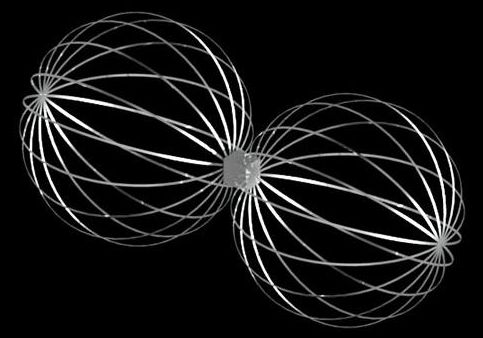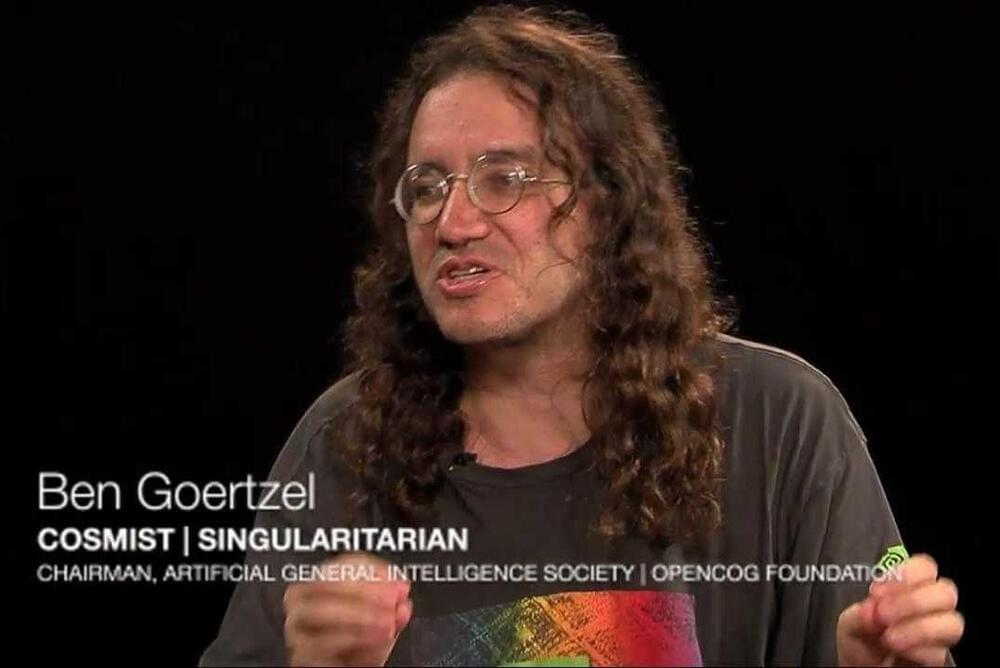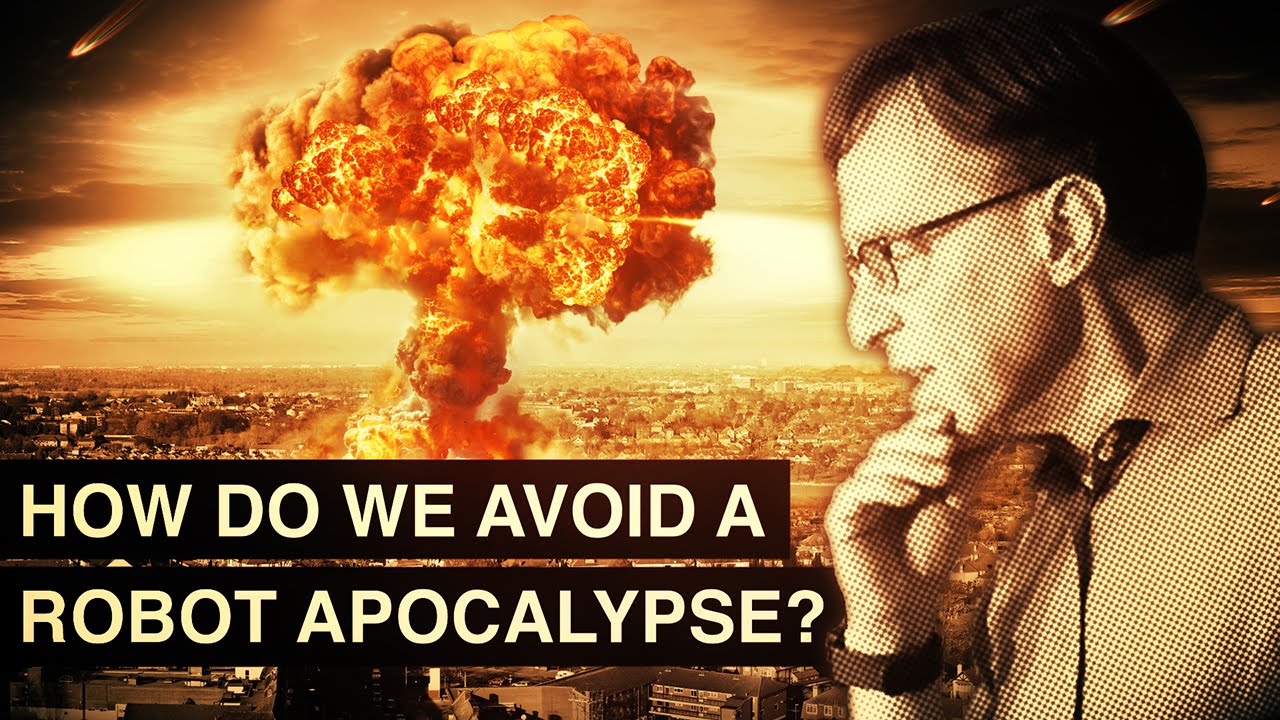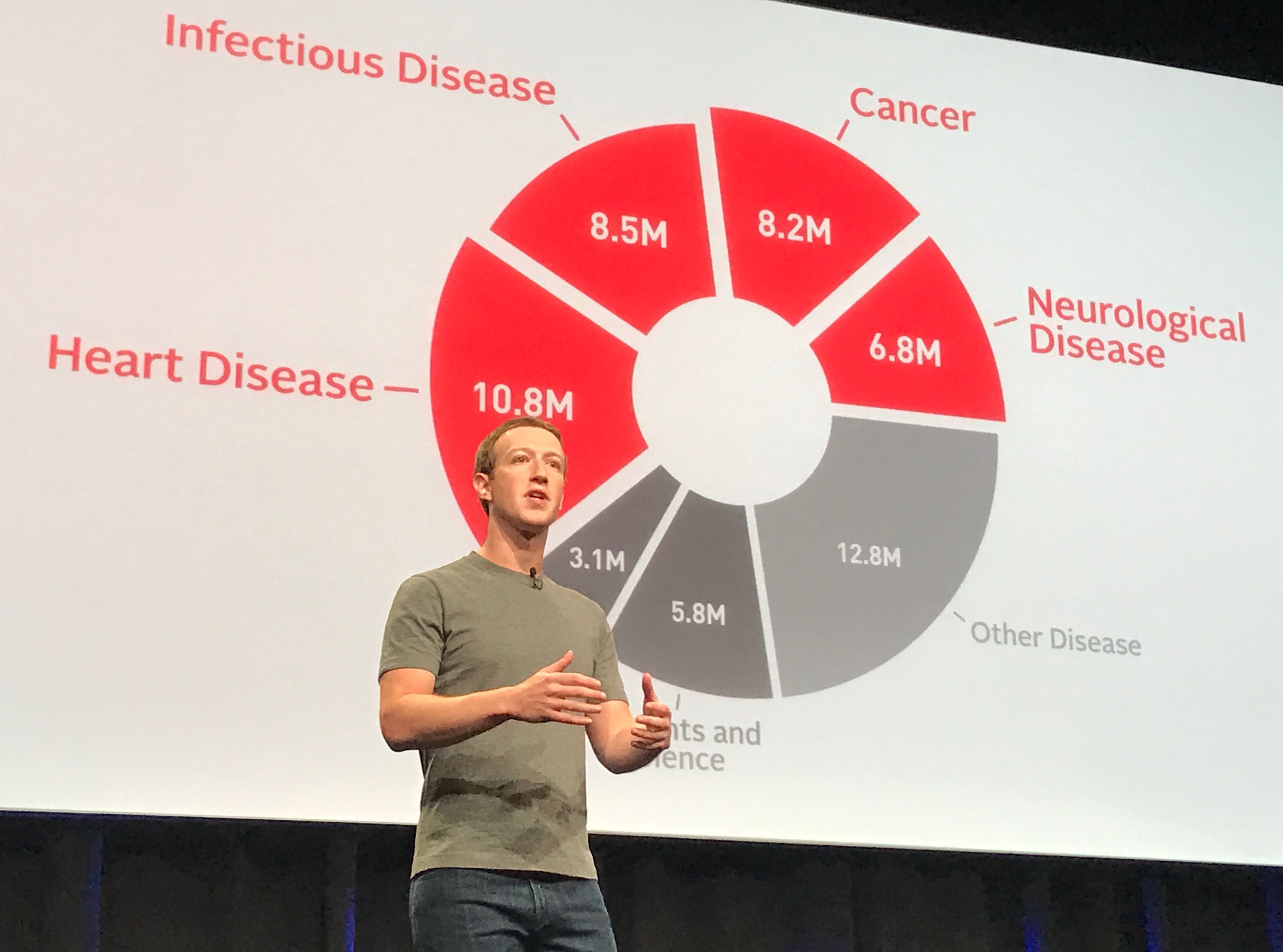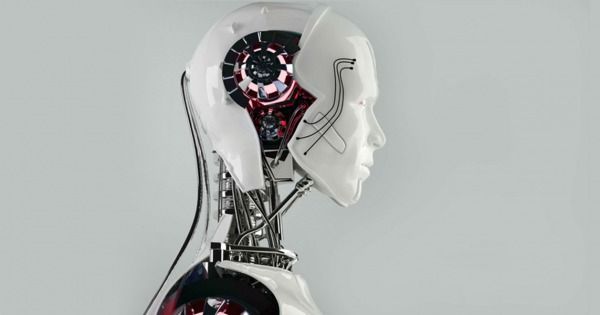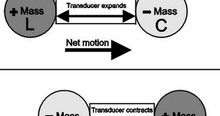“Asia Blog spoke to Parata ahead of the launch of the Center for Global Education at Asia Society to discuss the importance of globally-minded future generations.”
An Italian neuroscientist who wants to perform the world’s first human head transplant next year is claiming to have conducted radical spinal cord experiments on mice, rats, and a dog. Experts say the results are vague and incomplete, and that talk of human head transplants are grossly premature.
Nanotechnology has reshaped the technological discoveries in the recent times. Nanotechnology has enabled the creation and invention of numerous things with wide potentialities. Every field is subject to constant evolution, nanotechnology is no exception. Researchers and scientists who are engaged with nanotechnology have now come up with femtotechnology.
Femtotechnology is widely defined as, “Hypothetical term used in reference to structuring of matter on the scale of a femtometer, which is 10^−15m. This is a smaller scale in comparison to nanotechnology and picotechnology which refer to 10^−9m and 10^−12m respectively.”
Hugo de Garis, an Australian AI researcher, wrote a few years ago in Humanity Plus Magazine on the power of the femtotechnology: “If ever a femtotech comes into being, it will be a trillion trillion times more “performant” than nanotech, for the following obvious reason. In terms of component density, a femtoteched block of nucleons or quarks would be a million cubed times denser than a nanotech block. Since the femtoteched components are a million times closer to each other than the nanotech components, signals between them, traveling at the speed of light, would arrive a million times faster. The total performance per second of a unit volume of femtoteched matter would thus be a million times a million times a million = a trillion trillion= 1024.”
Over time, technology offers solutions to old problems while creating new issues in the process. The more powerful the technology, the greater its potential to do good and harm. Artificial intelligence is no exception, and as AI has advanced, worry about its risks has grown too.
Technology’s dual identity isn’t new, Ray Kurzweil said in a Q&A at Singularity University.
“Technology has actually been a double-edged sword since fire, which has kept us warm and cooked our food but also burned down our villages,” he said.
The Chan Zuckerberg Initiative just announced a new program informally called Chan Zuckerberg Science to invest $3 billion over the next decade to help cure, prevent, or manage all disease. The money comes from the $45 billion organization Mark Zuckerberg and his wife Priscilla Chan started last year to advance human potential and equality. The project will bring together teams of scientists and engineers “to build new tools for the scientific community” Priscilla Chan said on stage at an event in San Francisco.
You can watch the announcement here:
Part of the $3 billion will go to a $600 million investment in Biohub, a new physical location that will unite researchers from Stanford, Berkeley, and UCSF with elite engineers to find new ways to treat disease.
Professor Alexi Samsonovich, a Russian AI expert has revealed that Russia is “on the verge” of creating thinking and feeling robots.
AI has been making great strides in the past few years, beating humans at our own game, as well as augmenting and even replacing human controlled systems. However, some are still not impressed with these developments and feel more should be done.
Such is the view of Professor Alexi Samsonovich, who announced that Russia “is on the verge” of a major AI milestone —robots that can feel human emotion!
Fascinating article, and a mostly fair one at that!
“Cryonicists are often dismissed as wasteful, selfish, and narcissistic, and the practice itself is often viewed as an eccentric indulgence for wealthy people with a profound fear of death. And genuine concern exists about the feasibility and viability of cryonics. But as more and more families take the leap into the frozen unknown, there are practical concerns—legal rights, money, consent. And lurking beneath the surface, there is a different fear—that cryonics might just actually work and that signing up for cryonics might be the most insanely rational decision you will ever make.”
In a vat of liquid nitrogen on storage platform 17, the youngest person ever to be put into cryogenic storage has been waiting for the future for one year and eight months.
When the project started, a “Red Team” of hackers could have taken over the helicopter almost as easily as it could break into your home Wi-Fi. But in the intervening months, engineers from the Defense Advanced Research Projects Agency (DARPA) had implemented a new kind of security mechanism — a software system that couldn’t be commandeered. Key parts of Little Bird’s computer system were unhackable with existing technology, its code as trustworthy as a mathematical proof. Even though the Red Team was given six weeks with the drone and more access to its computing network than genuine bad actors could ever expect to attain, they failed to crack Little Bird’s defenses.
“They were not able to break out and disrupt the operation in any way,” said Kathleen Fisher, a professor of computer science at Tufts University and the founding program manager of the High-Assurance Cyber Military Systems (HACMS) project. “That result made all of DARPA stand up and say, oh my goodness, we can actually use this technology in systems we care about.”
The technology that repelled the hackers was a style of software programming known as formal verification. Unlike most computer code, which is written informally and evaluated based mainly on whether it works, formally verified software reads like a mathematical proof: Each statement follows logically from the next. An entire program can be tested with the same certainty that mathematicians prove theorems.
Theory of a mach effect thruster I
The Mach Effect Thruster (MET) is a propellant—less space drive which uses Mach’s principle to produce thrust in an accelerating material which is undergoing mass—energy fluctuations. Mach’s principle is a statement that the inertia of a body is the result of the gravitational interaction of the body with the rest of the mass-energy in the universe. The MET device uses electric power of 100 — 200 Watts to operate. The thrust produced by these devices, at the present time, are small on the order of a few micro-Newtons. Researchers give a physical description of the MET device and apparatus for measuring thrusts. Next they explain the basic theory behind the device which involves gravitation and advanced waves to incorporate instantaneous action at a distance. The advanced wave concept is a means to conserve momentum of the system with the universe. There is no momentun violation in this theory. We briefly review absorber theory by summarizing Dirac, Wheeler-Feynman and Hoyle-Narlikar (HN). They show how Woodward’s mass fluctuation formula can be derived from first principles using the HN-theory which is a fully Machian version of Einstein’s relativity. HN-theory reduces to Einstein’s field equations in the limit of smooth fluid distribution of matter and a simple coordinate transformation.
It is shown that if Mach’s Principle is taken seriously, and the inertia of a body can be described as the interaction of the body with the rest of the universe, then the advanced and retarded fields transmitted between the particle and the universe can be used to explain the thrust observed in the Mach Effect drive experiments. This idea was originally put forward by one of the authors, James Woodward. The idea of inertia being a gravitational effect was first postulated by Einstein. In fact Mach’s principle was the foundation on which Einstein’s general relativity was based.


